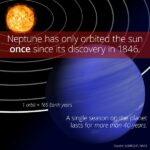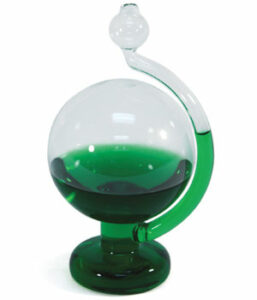 If you have a favorite winter science lesson or activity, please leave us a comment below!
If you have a favorite winter science lesson or activity, please leave us a comment below!
Thanks to Julie Olson, President SDSTA, for sharing two excellent discussion starters related to winter:
- Which will melt first: a snowman with or without a coat?
- Is the commercial “melting snowman” really melting?
Without a doubt, the National Snow and Ice Data Center (NSIDC) is the place to go if you’re interested in climatology, meteorology, and all things related to snow and ice.
Snow cover is a part of the cryosphere, which traces its origins to the Greek word kryos, meaning frost. Bring the crysophere into your classroom with the educational resources on this ambitious site. From repeat photos of glaciers to a Google Earth lesson on the cryosphere… they’ve got it all here.
Next time you catch a snowflake on your tongue, think about how geometry, meteorology and the quirky properties of water molecules have conspired to create one of nature’s most spectacular set of mini-sculptures, from simple hexagons to star-shaped dendrites. A recent Science News post explains how the geometry of snowflakes can be studied and classified.
Here’s a student stumper:
Is snow a mineral? The answer is yes! Here’s why:
Because snow is composed of frozen water, or ice, it can also be classified as a mineral. A mineral is a naturally occurring homogeneous solid, inorganically formed, with a definite chemical composition and an ordered atomic arrangement. Ice is naturally occurring, given a temperature below 0 degrees Celsius (32 degrees Fahrenheit). It is homogenous (of one material), formed inorganically, and has an ordered atomic structure. Ice has a definite chemical composition (H20), with hydrogen and oxygen atoms bonding in a specific manner.
Winter is for the birds!
Migration Science and Mystery, a website sponsored by the USDA Forest Service and National Audubon Society, is abundantly stocked with K-12th grade lessons on the migratory habits of shorebirds and their breeding grounds in the Arctic tundra.
Students can also read “Maya’s Story,” the adventures of a Western sandpiper traveling from Mexico to Western Alaska.
A blizzard, defined:
German settlers in Iowa originally coined the word blizzard, coming from the word blitzartig, meaning “lightning-like.” European pioneers and settlers were astounded by the severity of the winters.
Officially, the National Weather Service defines a blizzard as large amounts of falling or blowing snow with winds in excess of 56 kilometers (35 miles) per hour and visibility of less than 0.40 kilometers (0.25 miles) for more than three hours.
This link contains a fascinating history of blizzards—and the subsequent need for snow removal strategies—in the United States.
Share this with your students as the introduction to an activity on how to measure snowfall, or perhaps even how to make a weather barometer.
(Or you can order one of our Weatherglass Barometers if you prefer!)
One season lasts HOW long?!
 A single season on the planet Neptune lasts more than 40 years. In fact, it takes Neptune 165 Earth years to complete a single orbit around the Sun. The website Curiosity.com has some fascinating details about Neptune.
A single season on the planet Neptune lasts more than 40 years. In fact, it takes Neptune 165 Earth years to complete a single orbit around the Sun. The website Curiosity.com has some fascinating details about Neptune.
Ask your students to imagine what a winter season lasting 40 years might feel like.
From this one amazing fact, you can start a vigorous discussion about seasons in general. Possible questions:
- What does a season consist of?
- How do we determine when our seasons on Earth start and end?
- Who decided to the names of our four seasons on Earth?
- Do the other planets in our solar system have season?
According to NASA, “What is the same about the seasons on other planets? Only their names. The seasons are different on each planet. On Venus, seasons are short. On Saturn, a season can last for seven years. And on Mercury, you can’t even tell when one season ends and the next one begins. Pluto is too far away. We don’t know about its seasons.
This chart shows how long the seasons last. Imagine living on Neptune. How old would you be on your next summer vacation?
| PLANET | LENGTH OF SEASON |
| Venus | 55-58 days |
| Earth | 90-93 days |
| Mars | 7 months |
| Jupiter | 3 years |
| Saturn | About 7 years |
| Uranus | About 20 years |
| Neptune | More than 40 years |
